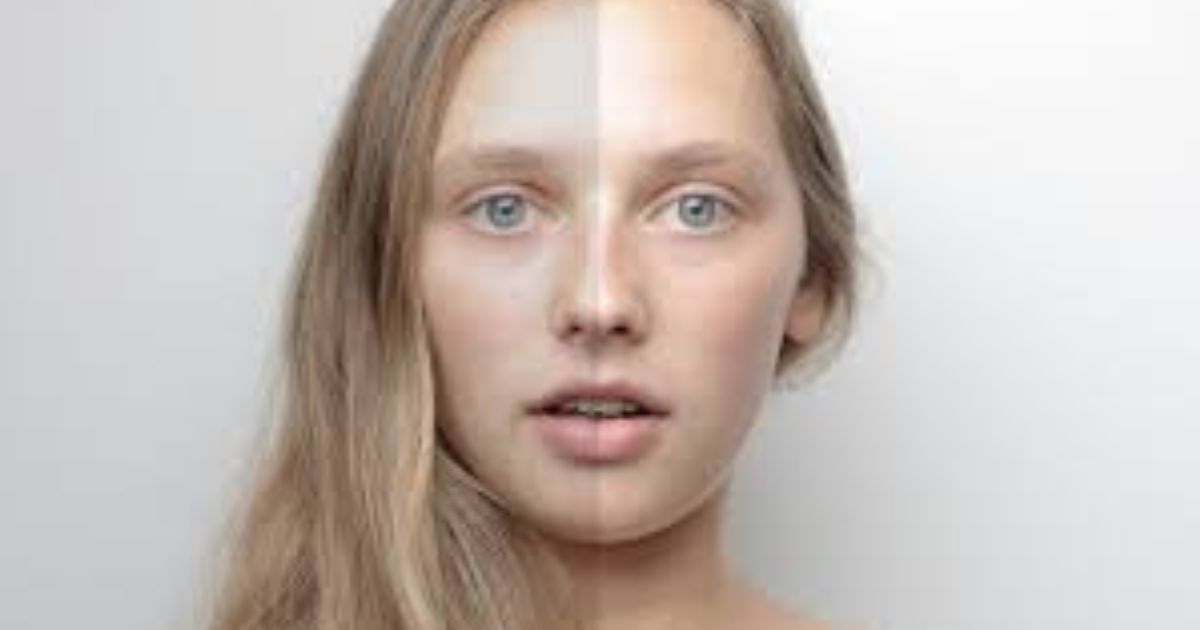In the digital age, image editing has become an essential skill for photographers, graphic designers, and even casual users who want to enhance their photos. With the advent of powerful software tools and advanced algorithms, the possibilities for transforming images are virtually limitless. This article explores the various aspects of image editing, from basic techniques to advanced manipulations, and how these tools can elevate your photography to new heights.
Basic Image Editing Techniques
Cropping and Resizing: One of the most fundamental editing techniques is cropping, which allows you to remove unwanted elements and focus on the main subject. Resizing ensures that your image fits perfectly into various formats, whether for print or digital use.
Adjusting Brightness and Contrast: These adjustments can dramatically improve the overall look of an image. Increasing brightness can lighten dark areas, while adjusting contrast can enhance the difference between light and dark tones, making the image more dynamic.
Color Correction: Correcting color balance is crucial for achieving natural and accurate hues. Tools like white balance adjustment, saturation, and hue sliders help in fine-tuning the colors to match the desired mood or reality.
Sharpening and Noise Reduction: Sharpening can enhance the details in an image, making it look crisper. Conversely, noise reduction helps in minimizing graininess, especially in low-light photos.
Advanced Image Editing Techniques
Layer Masking: This technique allows for selective editing by isolating specific parts of an image. Layers can be used to apply different effects, adjustments, or even combine multiple images seamlessly.
Cloning and Healing: Tools like the clone stamp and healing brush are invaluable for removing blemishes, unwanted objects, or even for reconstructing parts of an image. They work by sampling pixels from one area and applying them to another.
HDR (High Dynamic Range) Imaging: HDR combines multiple exposures of the same scene to create an image with a wider range of luminosity. This technique is particularly useful for landscapes and architectural photography, where the dynamic range can be challenging to capture in a single shot.
Compositing: This involves combining multiple images into a single, cohesive scene. Compositing can be used to create surreal or fantastical images, or simply to enhance a photograph by adding elements that weren’t present in the original shot.
Popular Image Editing Software
Adobe Express image editors: The gold standard in image editing, The editor offers a comprehensive suite of tools for both basic and advanced editing. Its layer-based editing system provides unparalleled flexibility and control.
Adobe Lightroom: Designed specifically for photographers, Lightroom offers powerful tools for organizing, editing, and sharing photos. Its non-destructive editing approach ensures that the original image data remains intact.
GIMP (GNU Image Manipulation Program): A free and open-source alternative to Photoshop, GIMP offers many of the same features and is a popular choice for those on a budget or who prefer open-source software.
Affinity Photo: A newer entrant in the market, Affinity Photo offers a robust set of features at a more affordable price point than Photoshop. It’s known for its speed and efficiency, making it a popular choice among professionals.
Ethical Considerations in Image Editing
While image editing can greatly enhance the aesthetic appeal of a photograph, it also raises ethical considerations. Excessive manipulation can alter the reality of an image, potentially misleading viewers. In fields like photojournalism and documentary photography, maintaining the integrity of the image is paramount.
Conclusion
Image editing is a powerful tool that can transform ordinary photos into extraordinary works of art. Whether you’re a professional photographer or a casual hobbyist, mastering the techniques of image editing can greatly enhance your creative capabilities. With the right tools and a bit of practice, you can bring your photographic vision to life and create stunning images that captivate and inspire.
For more insightful article visit easy technology.





































